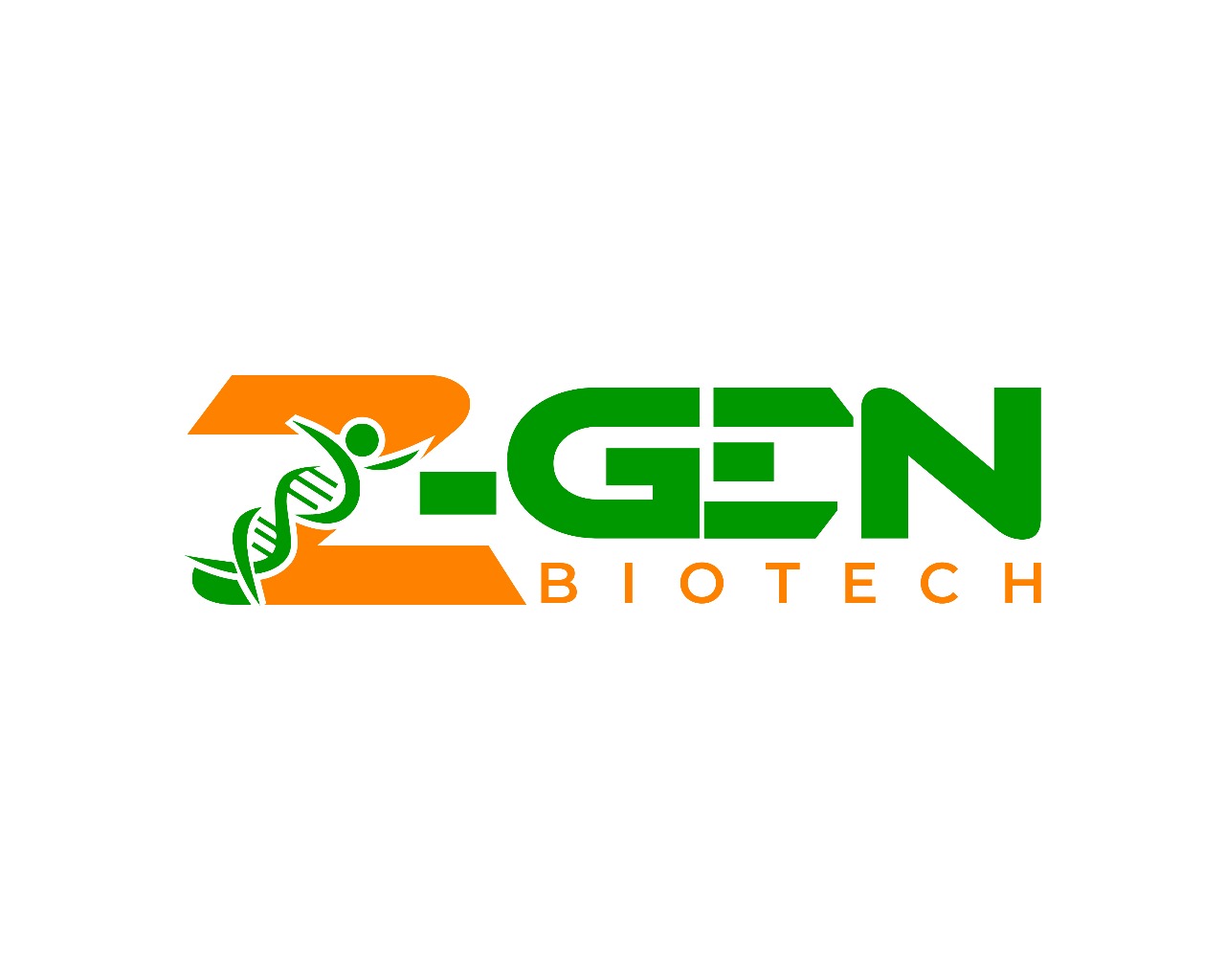Biosimilar API
Biosimilar APIs (Active Pharmaceutical Ingredients) refer to the biologically active components used in the production of biosimilars—biologic medicines that are highly similar to an already-approved reference biologic (originator) in terms of efficacy, safety, and quality. Biosimilar APIs are central to the development and manufacturing of biosimilars.
Key Features of Biosimilar APIs
- Biological Nature
- Unlike chemically synthesized small-molecule APIs, biosimilar APIs are large, complex proteins or molecules produced using living cells through biotechnological processes.
- Complex Manufacturing
- The production involves sophisticated techniques like recombinant DNA technology, cell culture, and fermentation.
- Maintaining consistent quality requires stringent process controls.
- High Similarity to Reference Product
- The API must demonstrate structural and functional similarity to the reference biologic through analytical, preclinical, and clinical studies.
- Minor differences are allowed but must not affect safety, efficacy, or immunogenicity.
- Regulatory Oversight
- Approval requires detailed evidence to prove similarity in quality, safety, and efficacy compared to the originator biologic.
- Agencies like the FDA, EMA, and others have established pathways for biosimilar approval.
Examples of Biosimilar APIs
- Monoclonal Antibodies (mAbs)
- Examples: Adalimumab, Infliximab, Trastuzumab.
- Indications: Rheumatoid arthritis, cancer, autoimmune diseases.
- Growth Factors
- Examples: Filgrastim, Pegfilgrastim.
- Indications: Neutropenia in cancer patients undergoing chemotherapy.
- Insulins
- Examples: Insulin Glargine, Insulin Lispro.
- Indications: Diabetes mellitus.
- Hormones
- Examples: Erythropoietin (EPO), Teriparatide.
- Indications: Anemia, osteoporosis.
- Enzymes
- Examples: Alteplase.
- Indications: Thrombolytic therapy.
Development Process
- Selection of Reference Biologic
- Choose a widely used biologic with an expired or soon-to-expire patent.
- Cell Line Development
- Generate a stable cell line capable of producing the biosimilar API.
- Process Development
- Optimize upstream (cell culture/fermentation) and downstream (purification) processes.
- Analytical Characterization
- Verify primary structure (amino acid sequence), higher-order structures, post-translational modifications, and biological activity.
- Clinical Comparability Studies
- Conduct non-clinical and clinical studies to demonstrate biosimilarity in efficacy and safety.
Challenges
- Manufacturing Complexity
- Replicating a biologic is significantly more complex than synthesizing small molecules.
- Regulatory Hurdles
- Requires extensive testing and documentation to satisfy regulators.
- Cost and Time
- Development costs for biosimilars are high, though still lower than for new biologics.
- Market Competition
- Competing with established originators and other biosimilars requires strategic pricing and market positioning.
Applications of Biosimilar APIs
- Therapeutics: Treatment of cancer, autoimmune disorders, diabetes, and more.
- Cost Reduction: Providing affordable alternatives to expensive biologics.
- Global Healthcare: Expanding access to biologic therapies in underserved regions.
If you need specific details about a particular biosimilar API, its development, or applications, let me know!

